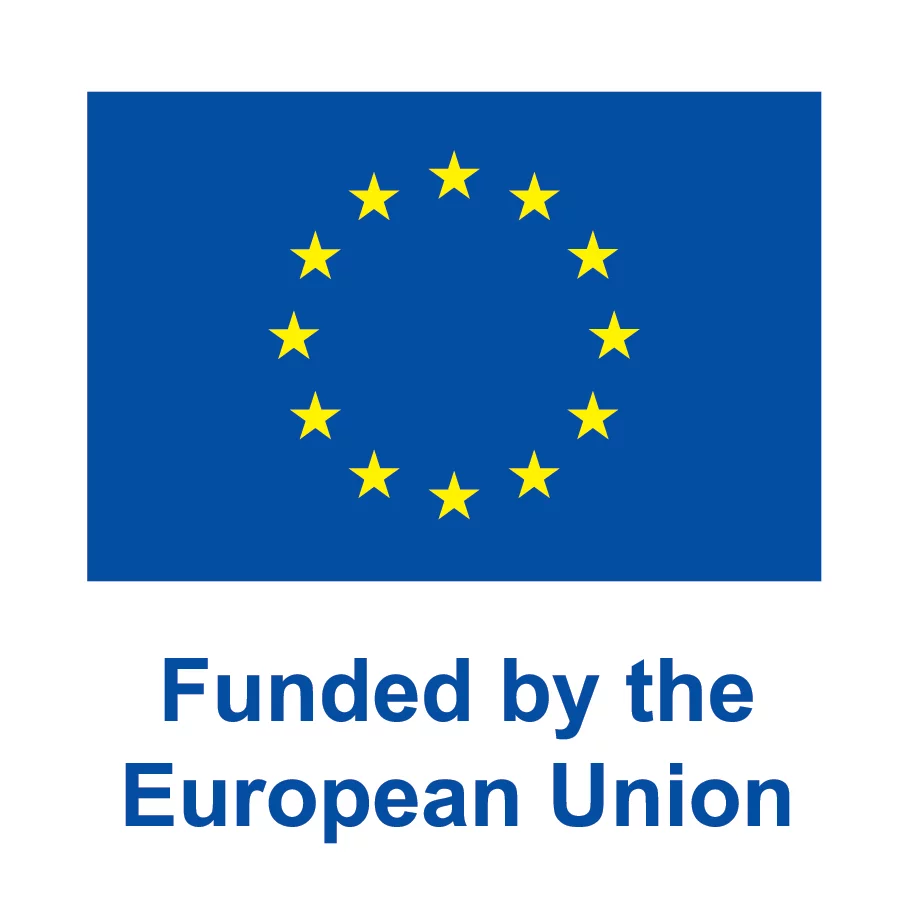THIS WEBSITE USES COOKIES
We use cookies to personalise content, to provide social media features, and to analyse our traffic. By choosing 'allow all cookies', you consent to our cookies.
To find out more, read our privacy policy and cookie policy.

I graduated from Biotechnology at Jagiellonian University in 2021, followed by a master’s degree in Drug Discovery and Development from Jagiellonian University Medical College in 2023.
My academic journey and main scientific interests have been related to microbiology, especially multidrug resistance. My bachelor thesis research was focused on examining newly synthesized chemicals that can potentially inhibit the growth of multidrug-resistant bacteria, while the aim of my master thesis was to develop new in vitro models for the evaluation of multidrug resistance pumps in eukaryotic cells.
During my studies, I completed an internship at the National Research Institute of Animal Production in Poland, where I acquired in-depth familiarity with biotechnological techniques such as PCR, DNA isolation, and Sanger sequencing. I also took part in an Erasmus+ internship program which allowed me to participate in research on the transmission of antimicrobial resistance at the Barcelona Institute for Global Health (ISGlobal). My responsibilities encompassed determining antimicrobial activity through methods like MICs, MBICs, and synergistic studies.
In joining the BREAKthrough program, my expectations align with two core ambitions. First, I aim to contribute to developing new antimicrobial treatments to address the pressing issue of multidrug resistance. Second, by collaborating with diverse experts and innovators, I intend to broaden my perspectives and foster interdisciplinary solutions. My goal is to take part in developing strategies that counteract the emergence and spread of drug-resistant bacteria, ensuring a healthier global future.
The objective of the BREAKthrough project is to make the outer membrane of Gram-negative pathogens more permeable for antibiotics. However, a crucial aspect is that these approaches should also work in an in vivo situation, i.e. in the patient.
In this project, we will set up and use a medium-throughput zebrafish embryo infection assay for Gram-negative pathogens. In zebrafish embryos we can quickly screen the activity of antimicrobial compounds in an in vivo setting. We have used this approach successfully to identify new promising drugs for tuberculosis (E. Habjan et al., dmm049145 ). Now we have to rebuild this screening platform and use it to test the compounds of the consortium. For the in vivo assay we use fluorescently-labelled bacteria and a microscope-based readout assay. Injection of the pathogen in zebrafish embryos will either be done by hand, using micromanipulation, or by our automated injection robot. The last procedure is preferred, but we will have to find the right conditions and right strain to make it successful.
In addition of testing the consortium compounds, we will also concentrate on synergy of compounds, using vancomycin as a standard drug. Vancomycin is one of the best examples of an antibiotic that does not work against Gram-negative bacteria due to the low permeability of the outer membrane. We will screen for compounds that synergize with vancomycin and then identify the mechanism that is responsible for this.

Funded by the European Union. Views and opinions expressed are however those of the author(s) only and do not necessarily reflect those of the European Union or the European Research Executive Agency. Neither the European Union nor the granting authority can be held responsible for them.
Copyright © accelopment Schweiz AG 2022 | All Rights Reserved | Privacy Policy | Cookie Policy